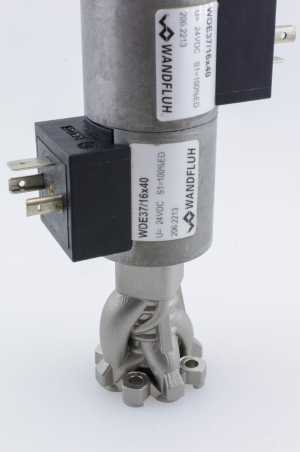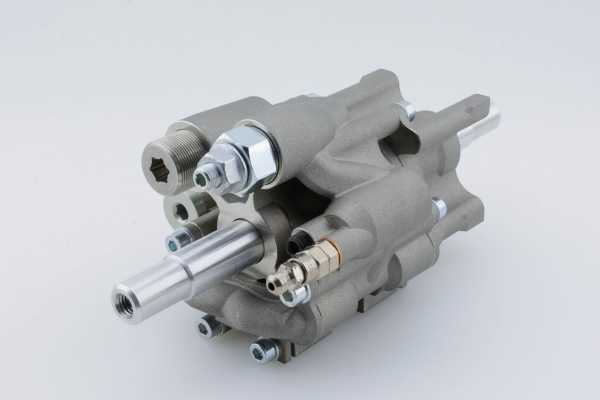Design for Additive Manufacturing
Additive manufacturing technologies offer a high degree of design freedom. In AM processes, the complexity of a component and the lot size have little to no impact on manufacturing costs. In product development this property can be converted into added value to the company and the customer.
The added value strongly depends on the application. It may be a lightweight design through topology optimization, a performance enhancement through a function-oriented shape or the integration of multiple functions in a single structure.
The designer faces three challenges in design for additive manufacturing: firstly, the parts of a conventional design that will result in the most benefit in a re-design need to be identified. Secondly, the rules of conventional manufacturing need to be broken to exploit the full potential of additive manufacturing’s design freedom. Thirdly, the challenge to incorporate this new approach into a company’s processes.
Our research aims to tackle these challenges by focusing on three research topics:
- Identification strategies to select the right components in serial products for an AM re-design
- Understanding and supporting the paradigm shift from production-driven to function-driven design
- Implementation of new technologies in the design process for the development of serial products
- We condensed the results of our research into the book Entwicklung und Konstruktion für die Additive Fertigung to assist professionals in using additive manufacturing in their companies. The book is available in online and offline book stores and at the external page publisher's site


